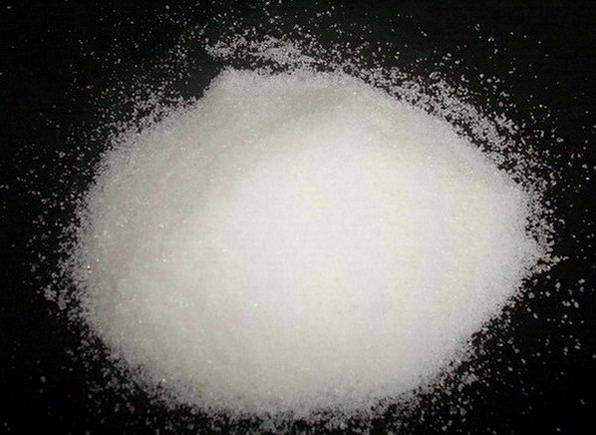Tel: 0086 371 66722268 Email: info@vidarchem.com & vidar@vip.sina.com EnglishEspañol

Tel: 0086 371 66722268 Email: info@vidarchem.com & vidar@vip.sina.com EnglishEspañol

0086 371 66722268
Zhengzhou Vidar Water Industrial Co.Ltd.
Head Office: No.32, Agri-Tech Road, Zhengzhou.
P.R. 45000
The sensitivity of polyacrylamide to ultra-violet light is well known and has been described in the scientific literature.
The test data given was obtained using a highly charged anionic polyacrylamide. Low charge density polymers demonstrate even lower toxicity to aquatic and micro-organisms. The results of assays on anionic polyacrylamides are determined mainly by the viscosity of the test solution.
Anionic polyacrylamide has no potential to bioaccumulate, being completely soluble in water (solubility is only limited by viscosity) and insoluble in octanol. Additionally, being a flocculant, it adsorbs onto suspended matter and, in this way, is removed from the water phase.
Anionic polyacrylamide(cationic polyacrylamide) has no systemic toxicity to aquatic organisms or microorganisms. The polymer is much too large to be absorbed into tissues and cells. The functional anionic groups do not interfere with the functioning of fish gills or daphnia respirators. Any adverse effects observed in laboratory tests are always seen at concentrations of over 100 mg./l and are probably due to the resulting viscosity of the test medium. The preparation of the test solutions at such concentrations requires high energy stirring for long periods of time, sometimes several hours. Therefore, it can be concluded that these harmful concentrations will not exist in the natural environment.
